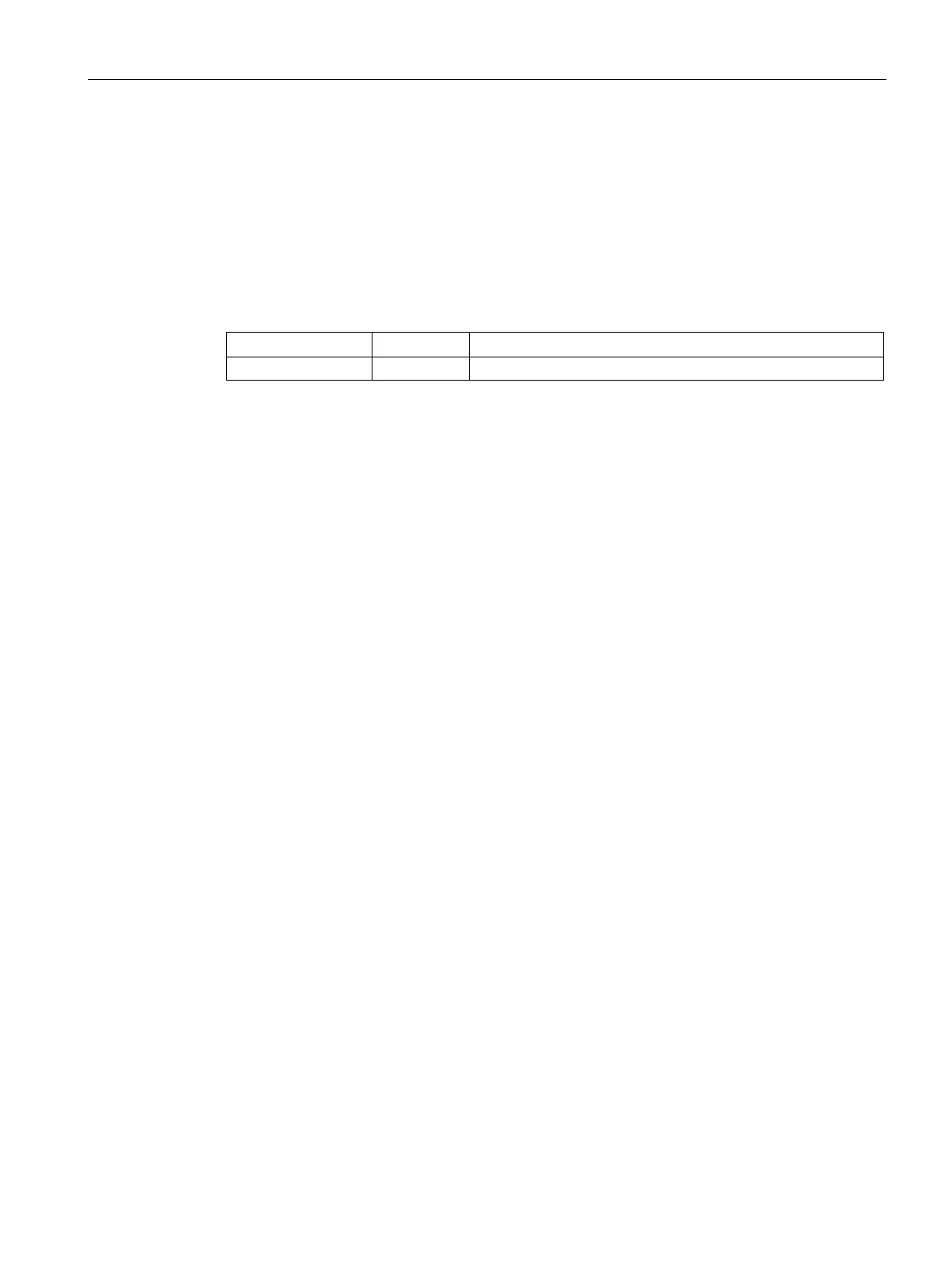Program instructions
7.3 Communication
S7-200 SMART
System Manual, 09/2015, A5E03822230-AC
171
The GET and PUT instructions require additional communication background time (refer to
"Configuring communication" (Page 117)) when they are processing/active/busy and also
when they are just maintaining the connection to the other device. The amount of
communication background time required depends on the number of GET and PUT
instruction that are active/busy, how often the GET and PUT instructions are executed, and
the number of connections that are currently open. You should adjust the communication
background time to a higher value if the communication performance is slow.
Table 7- 2 Valid operands for the GET and PUT instructions
IB, QB, VB, MB, SMB, SB, *VD, *LD, *AC
Error conditions that set ENO = 0:
● 0006 (indirect address)
● If the function returns an error and sets the E bit of table status byte (see the figure
below)

